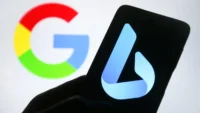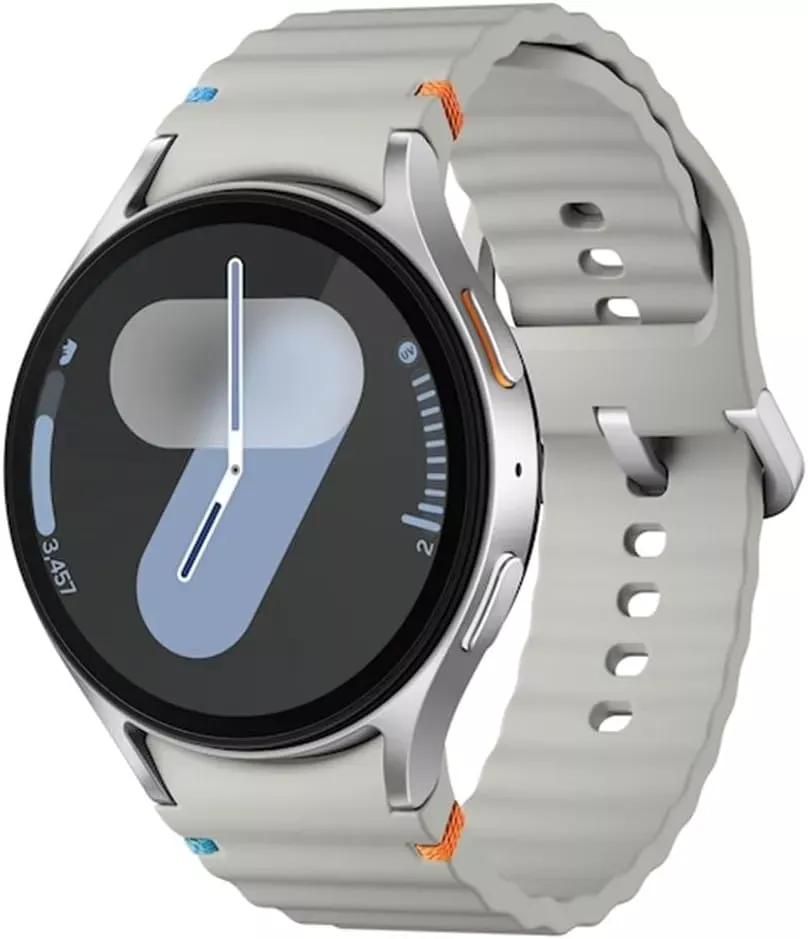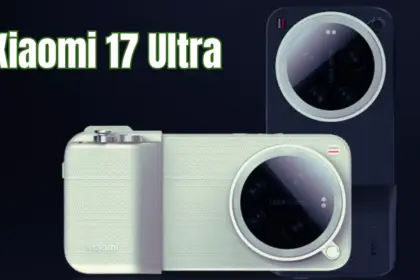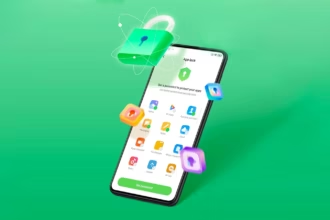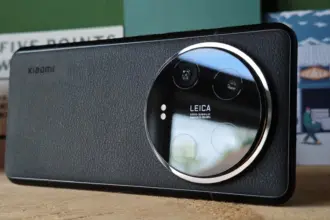Google has started disclosing Android fragmentation statistics on a yearly basis since 2018. The official Android OS distribution list was just posted as we near the end of 2021.
The story is the same every time: Since its formal debut, iOS 15 has been installed on the majority of iPhones, but Android 12 is only on 0.1 percent of Android phones. The update procedure, on the other hand, is somewhat different. After all, Apple is in charge of both hardware and software development, in contrast to Android, where each manufacturer develops their own bespoke software and hardware.
That doesn’t make looking at Google’s operating system’s distribution stats any less painful. Previously, the corporation published this information on a monthly basis, but since 2018, the list has been updated only once a year. Only versions with a distribution of more than 0.1 percent appear in it. Furthermore, the data is based on the number of Android devices that entered the Google Play Store in the previous month’s seven days.
So it is possible that there are thousands of Android devices running older versions than Android 4.1, but these have a share of less than 0.1% and did not make it into this list. Also, it is worth mentioning that since September 27, Google started preventing logins on older versions of Android. This change affected versions before 2.3.7.
| Android version | API level | Distribution |
|---|---|---|
| Android 4.1 Jelly Bean | 16 | 0.2% |
| Android 4.2 Jelly Bean | 17 | 0.3% |
| Android 4.3 Jelly Bean | 18 | 0.1% |
| Android 4.4 KitKat | 19 | 1.4% |
| Android 5.0 Lollipop | 21 | 0.7% |
| Android 5.1 Lollipop | 22 | 3.2% |
| Android 6.0 Marshmallow | 23 | 5.1% |
| Android 7.0 Nougat | 24 | 3.4% |
| Android 7.1 Nougat | 25 | 2.9% |
| Android 8.0 Oreo | 26 | 4.0% |
| Android 8.1 Oreo | 27 | 9.7% |
| Android 9 Pie | 28 | 18.2% |
| Android 10 Q | 29 | 26.5% |
| Android 11 R | 30 | 24.3% |
| Android 12 Snow cone | 31 | – |
The most popular official version of Google’s OS, as seen above, is Android 10 Q, which was released in 2019 and looks to be installed on 26.5 percent of active Android devices. Then there’s Android 11 R, which will be available in 2020 and is already used by 24.3 percent of active phones. Meanwhile, Android 9 Pie, which was released in 2018, is in third place with an 18.2 percent share, followed by Android 8.1 Oreo, which was released in 2017 and has a 9.7 percent share. My trusty calculator informs me that Android 9 or older is installed on 49.2% of all Android phones. In 2018, Pie was released.
Even after months of testing, the most recent version of the operating system, in this case, Android 12, has yet to arrive on a significant number of handsets.
Unfortunately, Android fragmentation has long been the Achilles heel of the world’s most popular mobile operating system. Google’s initiatives, on the other hand, appear to be making an impact. Previously, much older versions were the ones who got the biggest piece of the fragmentation cake. Most devices today, at least, run on newer versions.
Also, security patches offer a longer life for phones bought more than three years ago, which makes Android 10’s high distribution less surprising. The same, however, cannot be said for the 5.1% share of Android 6.0 Marshmallow, announced in 2015!


